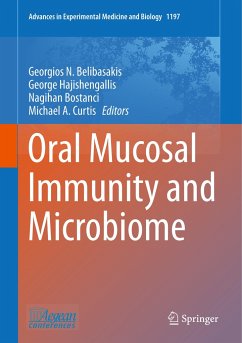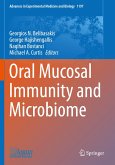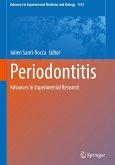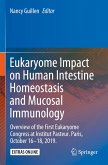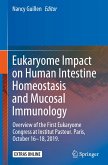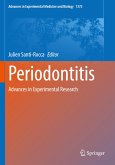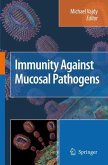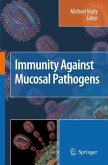The first International Conference on Oral Mucosal Immunity and Microbiome (OMIM) aimed to highlight cutting-edge basic and translational research from an oral immunological and microbiological perspective. Oral diseases with a microbial etiology are the most prevalent chronic diseases of humans. Whilst not life-threatening, they can significantly compromise quality of life, are associated with increased risk for certain systemic diseases, and pose heavy financial burdens to national health systems. Hence, periodontal and peri-implant diseases, dental caries, root canal infections and mucosal infections are significant global public health problems.
In this book global experts summarize and discuss the latest progress made in oral mucosal immunity and the oral microbiome. Target audience is basic and/or translational researchers with expertise in host immunity and microbiome research, and interest in oral health and disease. This volume provides a much needed quantum leap in the field, by joining forces to address gaps at the oral mucosal immunity-microbiome cross-talk.
In this book global experts summarize and discuss the latest progress made in oral mucosal immunity and the oral microbiome. Target audience is basic and/or translational researchers with expertise in host immunity and microbiome research, and interest in oral health and disease. This volume provides a much needed quantum leap in the field, by joining forces to address gaps at the oral mucosal immunity-microbiome cross-talk.

